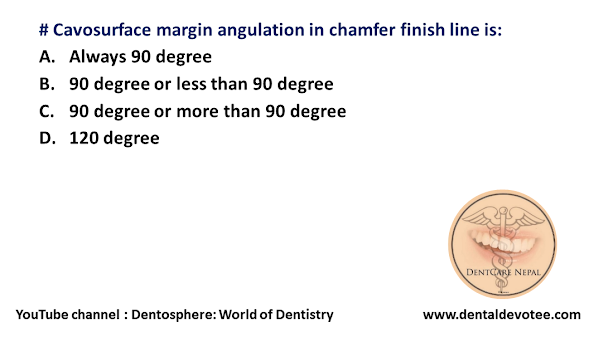# The midline fracture of the maxillary denture are mainly due to:
A. Teeth set too buccally
B. No midline relief
C. Ridge resorption
D. All of the above
Midline fractures of the maxillary denture are primarily due to multiple factors that can contribute to the weakening of the denture structure. These factors include:
Teeth set too buccally: This can cause an uneven distribution of occlusal forces, leading to increased stress on the midline of the denture.
No midline relief: Lack of relief in the midline area can result in stress concentration, particularly during functional movements.
Ridge resorption: Loss of alveolar ridge height and support can lead to increased flexure and eventual fracture of the denture.
Given that all these factors can contribute to the midline fracture of the maxillary denture, the correct answer is:
D. All of the above.
Several factors have been attributed to be the cause of midline fracture i.e. flexural fatigue resulting from cyclic deformation and factors that exacerbate the deformation of the base or alter its stress distribution may predispose the denture to fracture. Other factors which form areas of stress concentration such as a large frenal notch, dentures with thin or underextended flanges, poorly fitting dentures or a lack of adequate relief, dentures with a wedged or locked occlusion have been implicated. Poor clinical design, dentures which have been previously repaired, poor laboratory technique, use of porcelain teeth, increase in stress concentration at the tooth/denture base interface, heavy or uneven masticatory forces, unbalanced occlusion, patient related habits, diastema and maxillary tori are other common causes for midline fractures of upper dentures.









